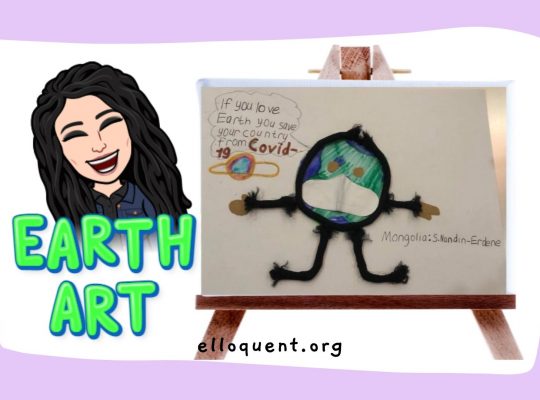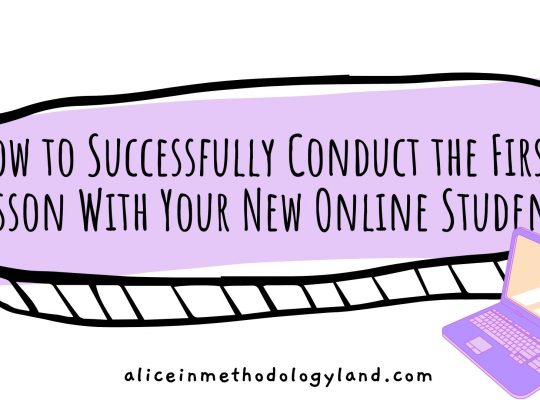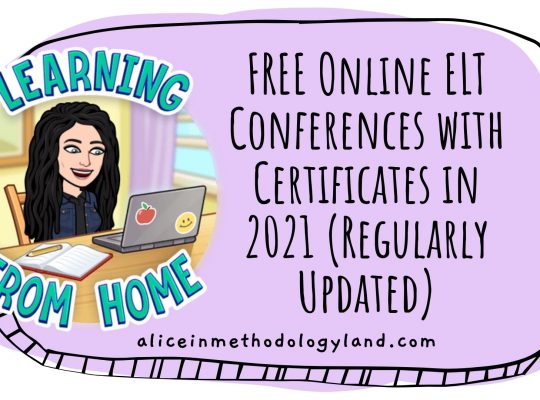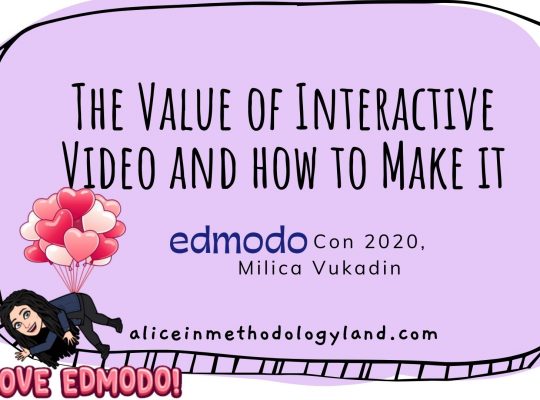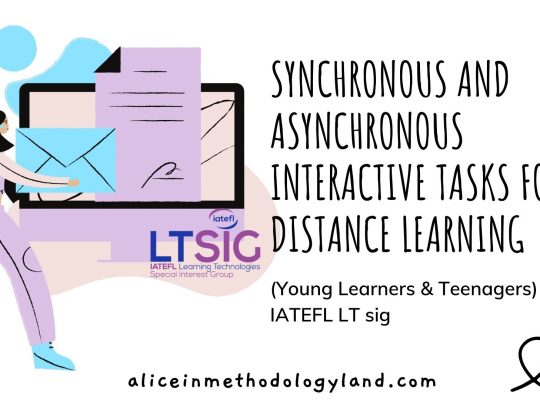Hello, my dear colleagues! Have you ever tried to engage young learners with environmental issues? This post will summarize a presentation I held with Owain from ELT Sustainable on British Council Teaching English. The topic was Engaging your learners with environmental issues, and we presented 5 problems that occur in the classrooms and the practical solutions to those problems.
Problem 1: Low level of English
Writing e-mails to children from other countries
Face-to-face activity, online (Parents can do this activity as well.). Individual and group work.
For this activity, you do not need to know any environmental or scientific words – it is a short writing task.
Find pen-pals to discuss local environmental programs live or via email.
You can practice both writing and speaking. To find a class/children, simply ask in any teacher’s Facebook group and present your cooperation. Ask questions and compare the information to your city/country. Are there similarities?
Here are some easy prompts for starting a discussion:

Find teachers for this activity in:
Problem 2: No time to plan activities
Have you ever tried pop-up activities? Here is an example!
Critical thinking questions for any text (spicy)
Ingredients:
- A text (listening, written, video, a picture). Even something someone in the class says!
- These questions: What is the aim of the text (e.g. to persuade, inform, etc)? Who do you think paid to have this article written? Why? Which of these aspects of the topic are not mentioned? Why do you think that is?
Thank you for this idea Dan Barber!
Problem 3: The activities are boring and unappealing
Try an experiment!
Water pollution
Online, face-to-face activity (the teacher can experiment in a live lesson, and the children can do the rest of the activity their parents present in an online lesson)—individual and group work.
Here’s a difficult question: How does water pollution work? How can we know the water is polluted?
What You Need:
- 3 cups of water
- Food coloring
- Salt
- Vinegar
To see the full experiment, please watch the video below.
Problem 4: I can’t choose the topics I teach

Try hacking the topics from your curriculum and giving them an environmental twist!
The double food pyramid
- Does this image have healthy food in it?
- Does this image have food that is delicious?
- Name 5 foods you can see.
- Which foods can you eat a lot of?
- Which foods are good for the environment?
- Where does a dish you like fit in here?
- What can we do to make our diet more environmentally friendly?
- What will the impact on your lifestyle be?
Here are some questions for the low-level students:
- Can you see some bread?
- Where is the chicken?
- How many potatoes?
- Do you like cake?
- Is meat good for the environment?
- Are fruit and vegetables good for the environment?
Adding environmental aspect to regular activities
While covering topics from your textbook (literally any topic), think about how you can give this topic an environmental twist. Example: Theme ‘My Birthday’ 1st or 2nd grade – almost all textbooks have this theme.
- How can we make the birthday party more environmentally friendly?
- What can we swap (cups, napkins, paper plates, the way we wrap presents, no balloons, etc.)
Lead the students to discover how birthdays can be more eco-friendly, and make a pros and cons poster, or a poster to ‘green up regular events/activities such as a birthday.
Imagine the next topic in the syllabus is food. How can we hack it?
Problem 5: No expertise in environmental education
This is a common concern for teachers – you are not alone if you are worried about this. You are not a climate scientist. You might not have a science degree, but you are a highly skilled teaching professional with expertise in:
- Facilitating dialogue
- Managing discussions
- Giving feedback on language use
- Motivating students to learn
Geo-inquiry: Be a facilitator
Help your learners explore by themselves by using Geo-Inquiry to make questions and investigate.
Here are the steps of the Geo-Inquiry process:
- ASK – develop a Geo-Inquiry question (you need to teach students how to make questions properly);
- COLLECT – acquire geographic information;
- VISUALIZE – organize and analyze geographic information;
- CREATE – develop Geo-Inquiry stories;
- ACT – share Geo-Inquiry stories.
Explore this article on British Council Teaching English to see an example project.
Watch the recording of the presentation
Explore the interactive presentation and see how can you engage young learners with environmental issues
Find Owain online:
Further study
Click on the links to learn more and get more resources for your environmental education activities:
- ELT Sustainable
- Alice in Methodologyland (Environmental Education category)
- ELT Footprint Facebook group
How do you engage your learners online? Have you ever considered including activities about environmental issues in your classes with young learners? Write below or get in touch via the contact page if you have anything to add or say.

Click here to explore my store where 99% of materials are forever free!
All the materials except lesson plans and 30+ page interactive activity books will be free FOREVER! Why? Because sharing is caring, and 2020 hasn’t been kind to all of us. Please consider donating so I can keep making FREE materials for everyone and keep my website open for all of you.

Don’t forget to leave a review when you download materials! It’s just a minute of your time, and it means a lot to me.
P.S. The store and the freebie library are not the same things – the freebie library has some extra materials like conference presentations and webinar recordings which are not available in the store ✨
The subscription link for the store is below my bio in every post. ?



